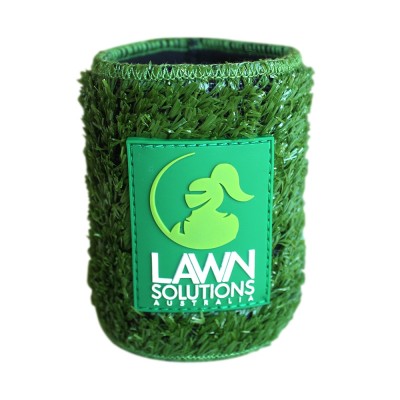Roots form part of the below-ground structure of a grass plant, anchoring it in the soil and provide the take-up of water and nutrients.
Turf roots are fibrous and very thin, forming a branch-like structure for stability. Good root health is extremely important to the overall health of your grass, so you need to make sure you are providing the necessary nutrients. If you want to read more about these nutrients click here.
There are two types grass roots, the primary and the secondary. Primary roots are the first roots that develop from the embryo or grass seed. When installing turf, you are looking for secondary roots for establishment which come from nodes on horizontal stems known as stolons.
Stolons (aboveground stems) –
When we talk about our lawn’s spreading or establishing, we tend to talk about the runners or stolons that run above the surface. Stolons are stems, that produce nodes from which new plants form. Stolons will help to spread into bare spots and thicken a lawn.
Rhizomes (underground stems) –
Below the surface there are stems known as Rhizomes. A common misconception is that the rhizomes below the surface are roots, when in fact they are a stem.
Rhizomes grow below ground for a short distance, then rise to the soil surface to form new shoots. In some grass species, rhizomes produce growing points (often referred to as nodes) which give rise to roots and shoots forming new or ‘daughter’ plants. Rhizomes are usually white.
All warm season grass plants have stolons (above ground runners) while some varieties such as Kikuyu, Couch and Zoysia have stolons and rhizomes (underground runners). Queensland Blue Couch and Buffalo grasses only have stolons. It is important to understand how your particular turf variety grows so that you can undertake the correct methods for thatch removal.
Turf varieties with both stolons and rhizomes are typically used for sporting fields and high traffic areas due to their ability to self-repair and the need for less frequent watering.
After harvest and transplanting turf, existing roots take up moisture to keep the grass alive, but will not grow into the soil bed. New root development depends on sufficient moisture in the soil and all roots after transplant come from new growth out of stolons, rhizomes and plant crowns.
For more information on the different turf varieties available and the characteristics that would be best suited for your lawn area click here.


